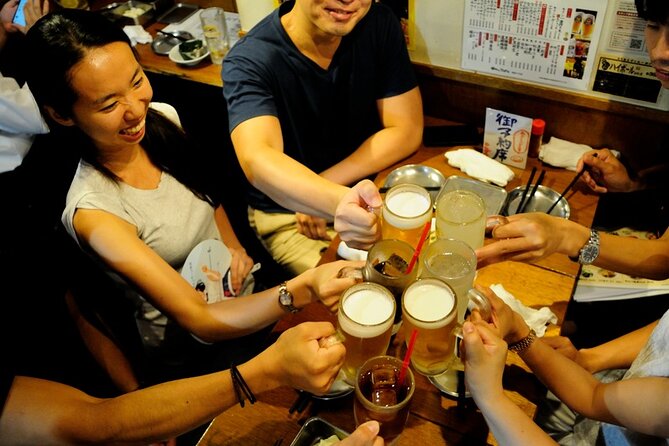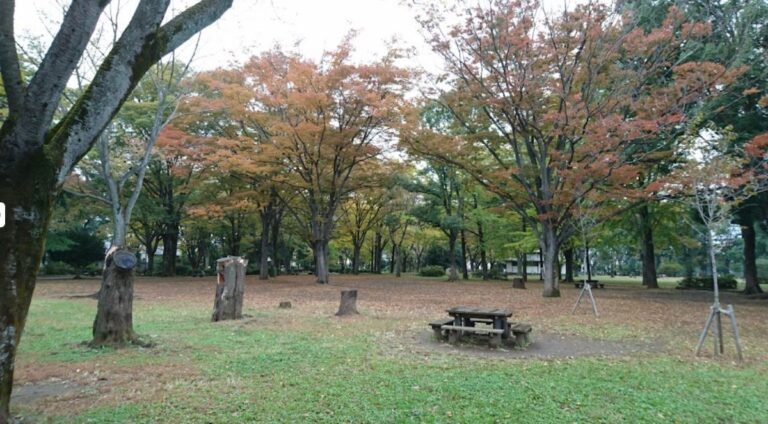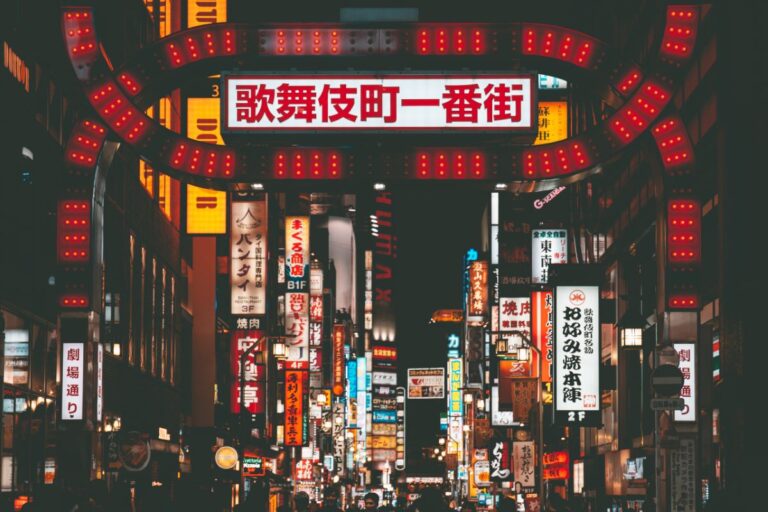Shinjuku City is located slightly west of the center of Tokyo’s 23 wards, where the Tokyo Metropolitan Government Office has been located since 1991.
Shinjuku City is home to many parks that are lush and large in scale. Representative parks include Meiji Jingu Gaien, Shinjuku Chuo Park, Okubo Park, Nishitoyama Park, Tomihisa Sakura Park, Shimizugawabashi Park, Toyama Park, Miyatabashi Park, Hyakunincho Fureai Park, Ochiai Park, and Nishi-Ochiai Park.
The high plateau (Musashino Plateau) centered in Shinjuku City is also known as the original “Yamanote” (mountainous area). The history of Shinjuku City shows that the three wards were created as a hodgepodge, and as a result, the city is characterized by neighborhoods with rich individuality scattered throughout the city.
In the old days, the city flourished as a route along the Koshu-kaido highway, forming Japan’s largest downtown area, and Shinjuku Station is a huge terminal for various railroad lines, making it a city where the population fluctuates markedly during the day and night.
Shinjuku is also characterized by abundant greenery, including Shinjuku Gyoen in the southern part of the ward.
There are also many universities and schools, including Waseda University and Tokyo University of Science, as well as a concentration of university hospitals such as Keio University Hospital and Tokyo Medical University Hospital, and large hospitals such as Toyama Hospital of the National Center for Global Health and Medical Research.
In addition to this, the district is also known as having the largest number of registered foreigners in Tokyo, with a large number of Korean and Chinese residents, and is particularly known for the foreign community that has formed from the Okubo and Shin-Okubo Station areas to Shokuan Street.
The area is characterized by a variety of faces that epitomize the metropolitan scene: commercial and residential, historic and redevelopment areas, and multinationals.
Meiji Jingu Park
The 50-hectare garden was built in 1926 to preserve the achievements of Emperor Meiji for future generations, and includes the Seitoku Memorial Picture Gallery, where visitors can reminisce about the Meiji era, and the Jingu Stadium and National Stadium, as well as sports facilities that have produced many dramas.
Shinjuku Central Park
Located in Shinjuku City and west of the Tokyo Metropolitan Government Building, this park is the largest of the Shinjuku municipal parks. It is a valuable green space near the Shinjuku skyscrapers in Nishi-Shinjuku, and is familiar to business people who work in the area, and many dramas have been filmed here.
Okubo Park
Okubo Park is a park with exercise facilities such as futsal courts and basketball facilities, event space for concerts, plays, and comedy shows, and free space. Court hours are from 9:30 am to 6:30 pm from April to September and from 9:30 am to 5:30 pm from October to March.
Nishitoyama Park
Nishitoyama Park in Shinjuku-ku, Tokyo, is a park with a baseball field and basketball facilities (three basketball goals). In addition, there are slides, swings, spring equipment, and other playground equipment for children. Access to the park is a 10-minute walk along the Yamanote Line from JR Takadanobaba Station.
Tomiku Sakura Park
Tomihisa Sakura Park is equipped with combination playground equipment, spring playground equipment, swings, and other playground equipment for children, as well as three types of stretch playground equipment for adults. The park is also well-equipped with disaster prevention facilities such as wells, solar-powered lighting, water tanks, fire prevention tanks, kamado benches, disaster prevention toilets, and wells.
Shimizugawa Bridge Park
Shimizugawabashi Park in Shinjuku-ku, Tokyo, is located along Shin-Mejiro-dori Avenue and the Yamanote Line, and has a basketball goal in the park for basketball practice.
Toyama Park
Toyama Park is located in Shinjuku-ku, Tokyo, and consists of two districts, the Okubo district and the Hakone district. The park is a natural setting with many shady trees, making it a relatively comfortable place to spend time even on hot summer days. The park has a children’s playground, a jogging course, and a water playground.
Miyatabashi Park
Miyatabashi Park in Shinjuku-ku, Tokyo, is located in a quiet residential area. The park has a multipurpose practice field surrounded by nets that can be used for playing catch or basketball (early morning and night use is prohibited). The park is also used as a recreation area with lots of greenery.
Hyakunincho Fureai Park
Hyakunincho Fureai Park in Shinjuku City, Tokyo, is located in a residential area and is a lush park with lawn areas, trees, etc. The park has playground equipment for children, a jabu-jabu pond, and basketball facilities. The park has playground equipment for children, a jabu-jabu pond, and basketball facilities.
Ochiai Park
Ochiai Park in Shinjuku-ku, Tokyo is located in Nakai, Shinjuku-ku, just between Kamitakada and Nakai stations along the Seibu Shinjuku Line. Located between the Seibu Line tracks and the Myoshoji River, the park is a relaxing place with lots of greenery and water features. There is a large grass plaza and a ball game facility with basketball goals covered with nets for ball games without hesitation.
Nishi-Ochiai Park
Nishi-Ochiai Park is located along the river and is equipped with a combination playground, spring playground, jungle gym, and other children’s playground equipment, as well as health and fitness equipment to promote good health. The park also has a youth baseball field and tennis courts. There are Nakano Kamitakada Park, Philosophical Hall Park, Ochiai Park, and other parks within walking distance.
Where To Stay In Tokyo
Tokyo visitor levels are currently at an all-time high so make sure to book your hotels early. Tip most hotels booked with booking.com have free cancelation so book as soon as you know your date and you can always cancel if you change your mind.






